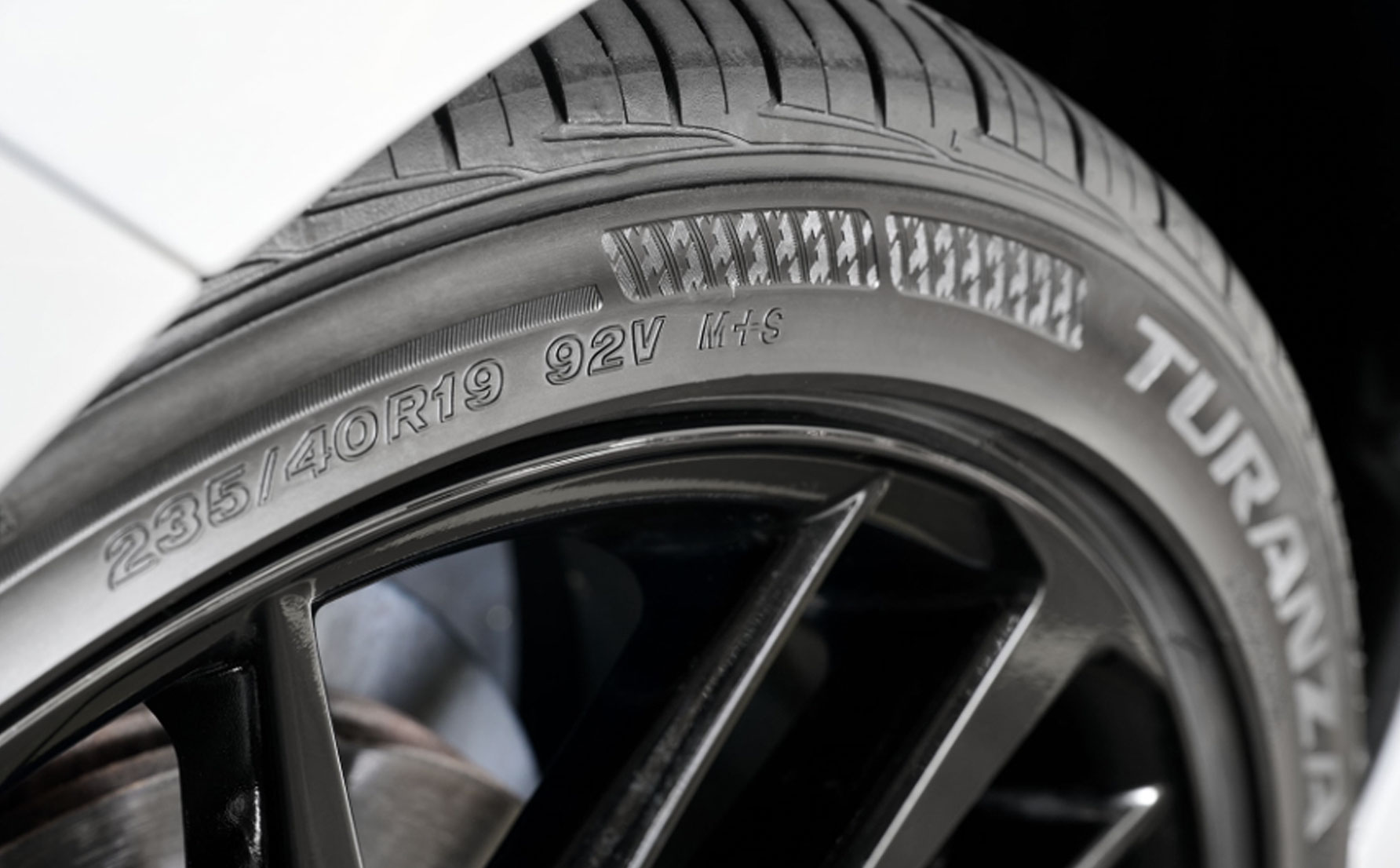No items in cart right now!
Working Hours - 8 AM To 8 PM
 October 24
October 24
Flat tyres can ruin your day—especially when you're stuck in Dubai’s fast-paced traffic or the intense desert heat. The idea of run-flat tyres is simple: they allow you to keep driving for a limited distance after a puncture, so you're not stranded. But are these tyres really worth the higher price? And how well do they handle the unique demands of Dubai’s roads and climate?
In this comprehensive guide, we’ll explore the pros, cons, and whether investing in run-flat technology makes sense for drivers looking to avoid flat tyres in Dubai style.
Understanding Run-Flat Tyres and How They Work
Run-flat tyres are designed to maintain their shape and functionality even after a puncture. They achieve this through reinforced sidewalls or internal support rings, which allow you to drive—typically up to 80 km at a reduced speed of about 80 km/h—after losing air pressure.
This extra distance gives you enough time to safely reach a tyre shop or your destination without needing to pull over immediately or change tyres on the side of the road.
For drivers in the UAE, where breakdowns in the desert or on highways can be particularly hazardous, the run-flat concept appears ideal. However, choosing the right tyre goes beyond convenience—it depends on your driving habits, budget, and vehicle type.
Many high-end tyre brands now include run-flat variants, especially those listed under premium products known for performance and durability in hot climates.
The Pros of Run-Flat Tyres in Dubai
Dubai roads are known for fast-moving traffic, and stopping suddenly due to a puncture can be dangerous. Run-flat tyres help you avoid abrupt halts, giving you time to safely exit the highway.
Forget about pulling over in the summer heat to change a tyre. With run-flats, you can continue driving to the nearest garage or service center without delay.
Many vehicles equipped with run-flats don’t include a spare tyre, which frees up trunk space and reduces vehicle weight. This can lead to slight improvements in fuel efficiency over time.
The Downsides You Need to Consider
Run-flat tyres have reinforced sidewalls, which means they offer less flexibility and cushioning. This can make your ride feel rougher—something to consider when driving on bumpy or uneven roads.
Run-flats typically cost 20–30% more than standard tyres. If your driving routes are predictable and urban, the added cost may not justify the benefit.
Most run-flat tyres can’t be repaired after a puncture, especially if driven on after losing air. This makes regular replacements more likely. If you encounter a tyre puncture, chances are you'll need a full tyre replacement instead of a patch.
To learn more about the difference between repairable vs. non-repairable tyre damage, read our expert tyre service guide on Etarat Online.
Do Run-Flats Handle Dubai’s Heat?
Heat resistance is critical in the UAE. Run-flat tyres, especially from premium brands, are manufactured with high-temperature-tolerant compounds. However, like all tyres, they degrade faster under intense heat if not maintained properly. If you’re unsure about the best tyre maintenance practices, you can contact Etarat’s expert team for professional advice and service. You can also learn more about tyre heat resistance and safety standards from Michelin’s official guide on tyre care.
Regular inspections and correct tyre pressure are essential. Run-flats with low pressure can still damage suspension and steering components if driven beyond their safety limits.
Read more: Signs You Need a Tyre Replacement in Dubai
Also, pairing them with quality alloy wheel setups ensures better heat dissipation and driving comfort. If you're unsure about your current setup, it’s worth reviewing your tyre-wheel combination for better performance in the UAE’s demanding conditions.
FAQs About Run-Flat Tyres in Dubai
Yes, for most drivers in Dubai, run-flat tyres are worth considering—especially if you frequently drive on highways or during peak traffic. They offer safety and convenience, though they do come at a higher cost.
You can typically drive up to 80 km at 80 km/h after a puncture. However, always refer to your manufacturer’s guidelines for accurate limits.
In most cases, no. Once a run-flat tyre has been driven on after losing air pressure, it usually needs to be replaced due to internal damage.
Yes, slightly. Their reinforced structure can make the ride stiffer compared to standard tyres, but high-end brands have improved comfort levels in newer models.
You can explore premium run-flat tyre options and expert installation services directly at Etarat Online, where professionals can help you choose the right fit for your vehicle and driving needs.
leave a comment